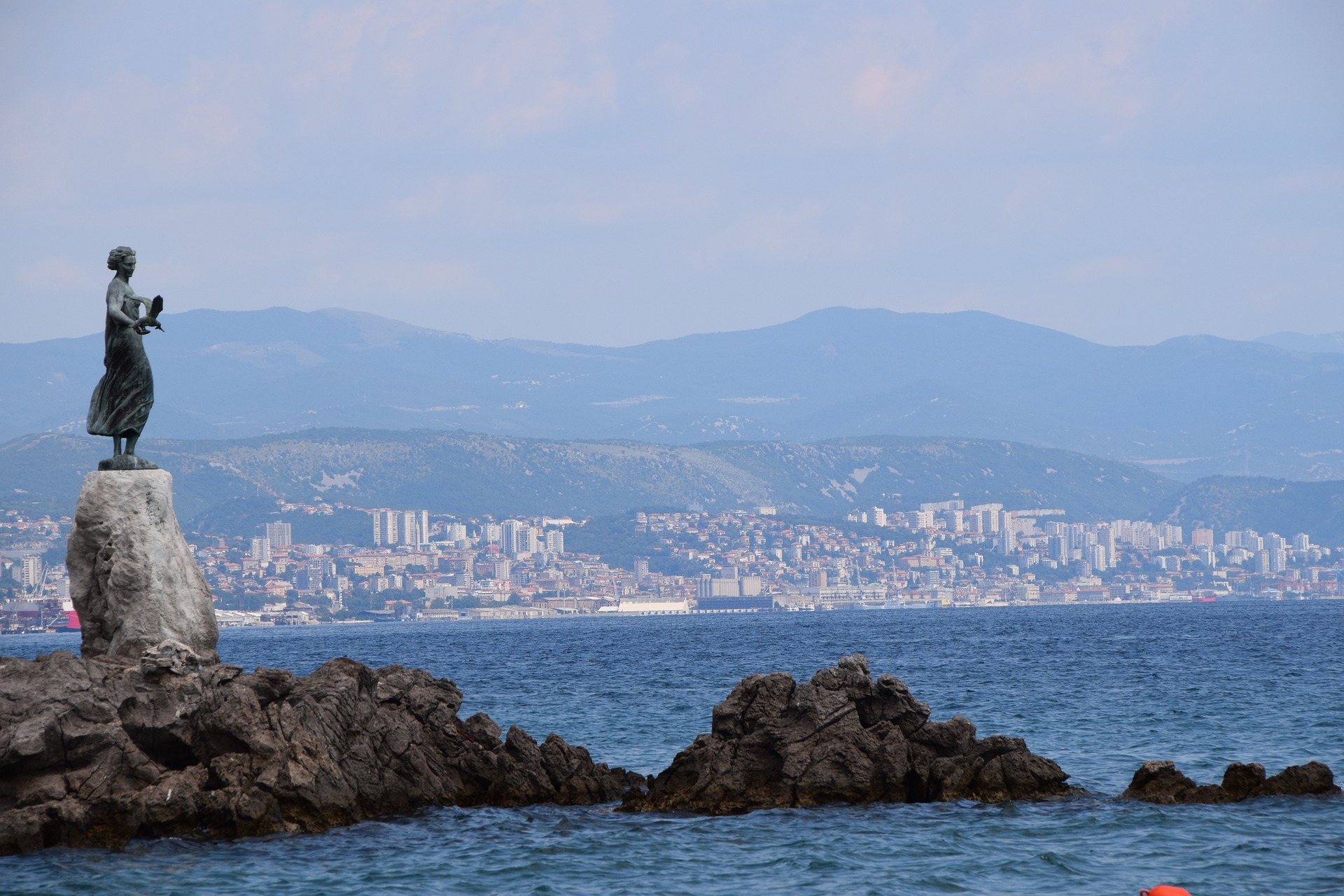On the occasion of commemorating the 150th anniversary of the construction of the Rijeka-Karlovac and Rijeka-Pivka railways, an interdisciplinary scientific and professional conference, with international participation, took place: “Rijeka identity – economic, historical, linguistic and cultural echoes marking the 150th anniversary of Rijeka-Karlovac and Rijeka-Pivka railways construction”. It was one of the central events of the entire program dedicated to this anniversary, which was organized by the University of Rijeka – Faculty of Philosophy, Faculty of Civil Engineering, Industrial Heritage Center and the Institute for Historical and Social Sciences HAZU in Rijeka, with the support of partner institutions. Marko Filipović, Mayor of Rijeka City, Snježana Prijić-Samaržija, University of Rijeka Rector, Saša Zelenika, Vice-Rector for Strategic Studies at the University of Rijeka and Sanja Holjevac, Institute for Historical and Social Sciences of HAZU in Rijeka with the Regional Unit in Pula Manager, gave the welcome speeches, after which the scientific/expert presentations followed. Since railway was always the means to connect, SUSTANCE is piloting an international railway service that will connect Italy (Triste-Villa Opicina), via Slovenia (Divača-Pivka) to Croatia (Rijeka), operating on this historical section. At the event in question, the project was presented by Paolo Dileno from Central European Initiative – Executive Secretariat and the pilot service by Helena Luketić from HZ Passenger Transport. Concentrating on the line towards Slovenia and Italy, it is interesting to know that the Rijeka railway was built in 1873 between Sv. Peter on the Karst (today’s Pivka) and Rijeka, as the first railway that touched the area of Istria. Its length is 55,4 km, with the last 2,4 km and the Rijeka station being on the territory of Hungary at that time. In 1869, the state released the Southern Railway Company from previous concession obligations and secured its share of the funds, and on May 20, 1869, it passed the Law on the Construction of the St. Peter – Rijeka section. For the construction of the railway section on Hungarian territory, a law was passed on July 9, 1870. The construction work was taken over by the French company Gober, Remont, Lewi & Co, but due to the difficult terrain, it ran into difficulties and went bankrupt. The Southern Railway Company only finished the works on June 25, 1873 and opened the line for traffic. Rijeka and Opatija with its riviera began developing tourism after that.

The historical significance of our Italy-Slovenia-Croatia railway service pilot
Date: 25.10.2023
By: SUSTANCE